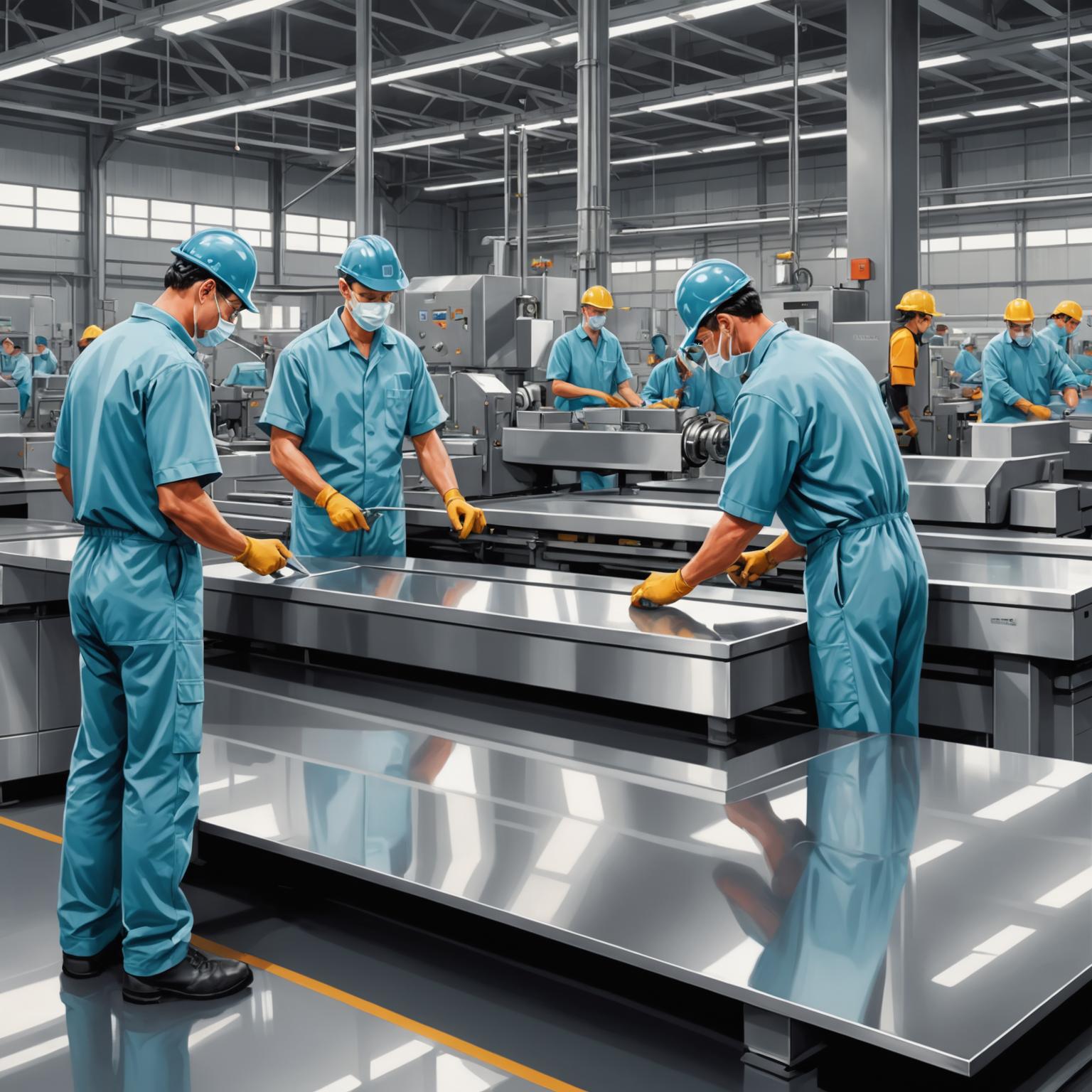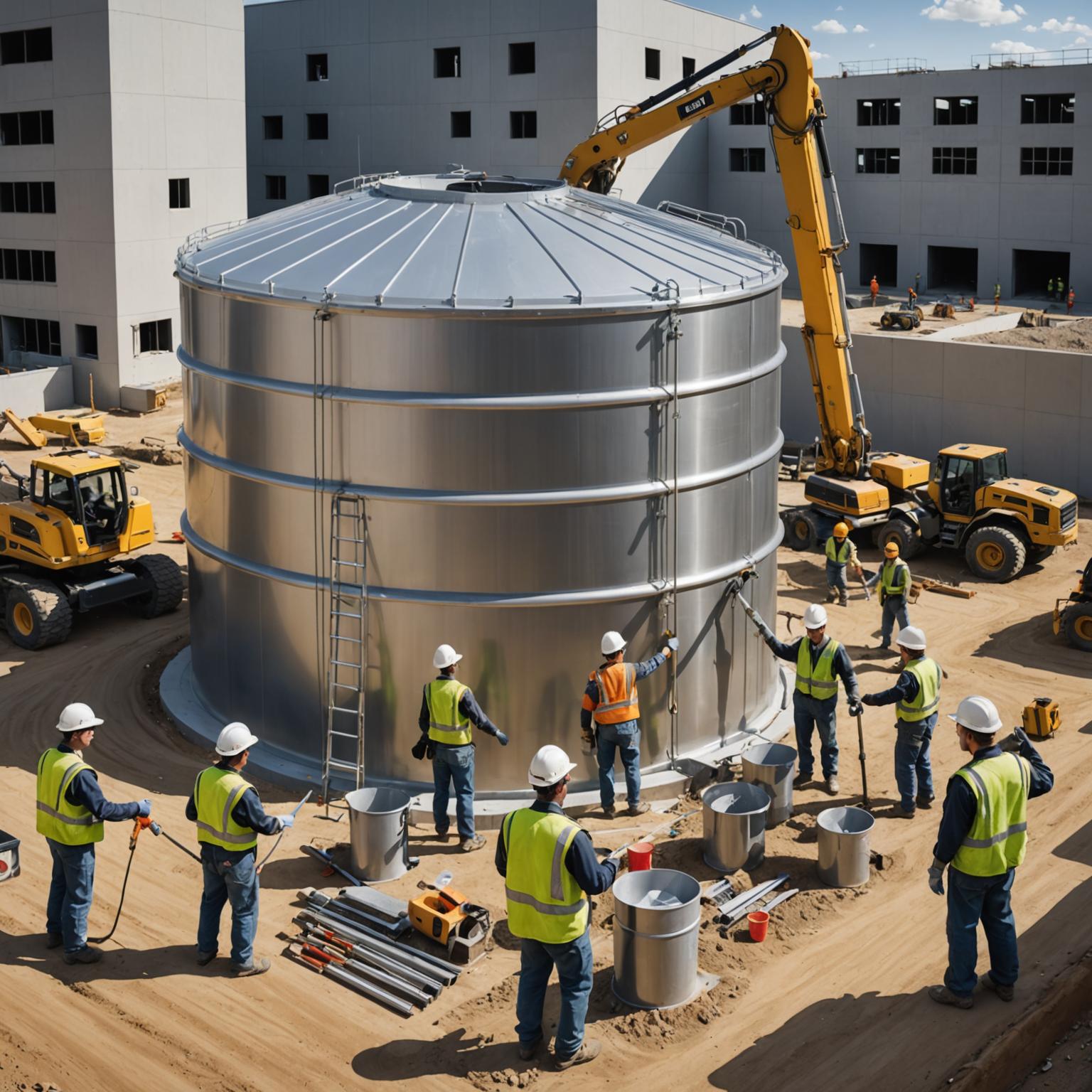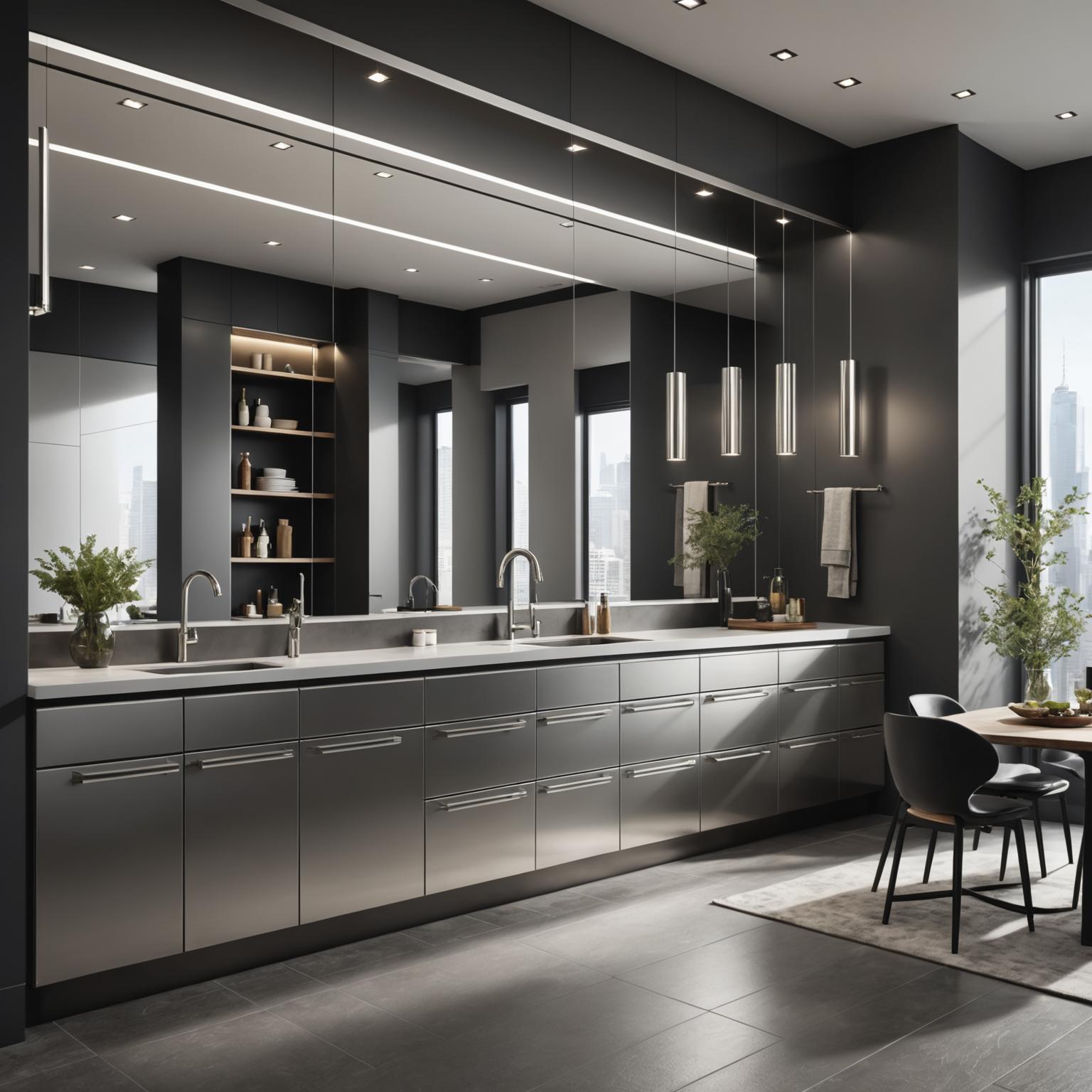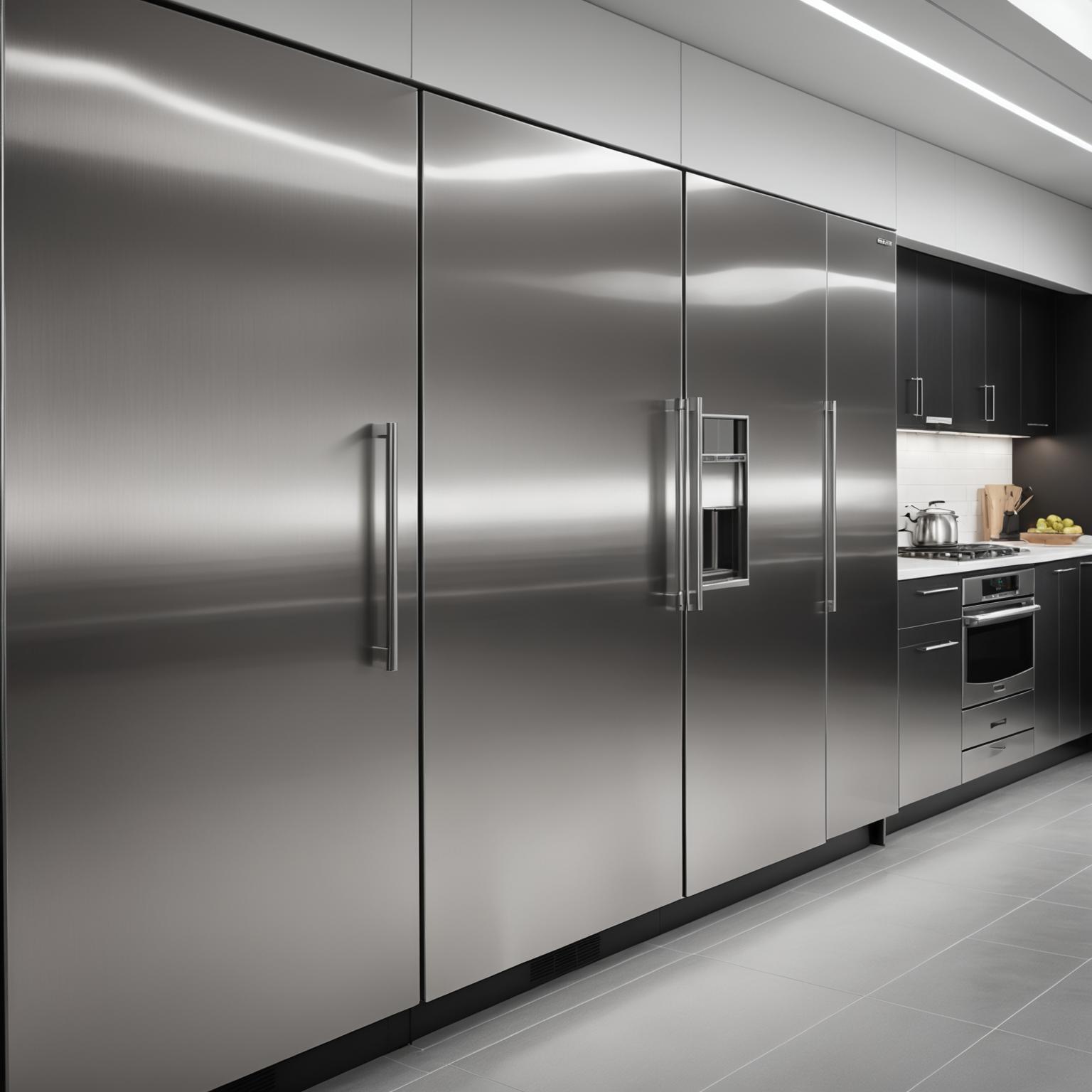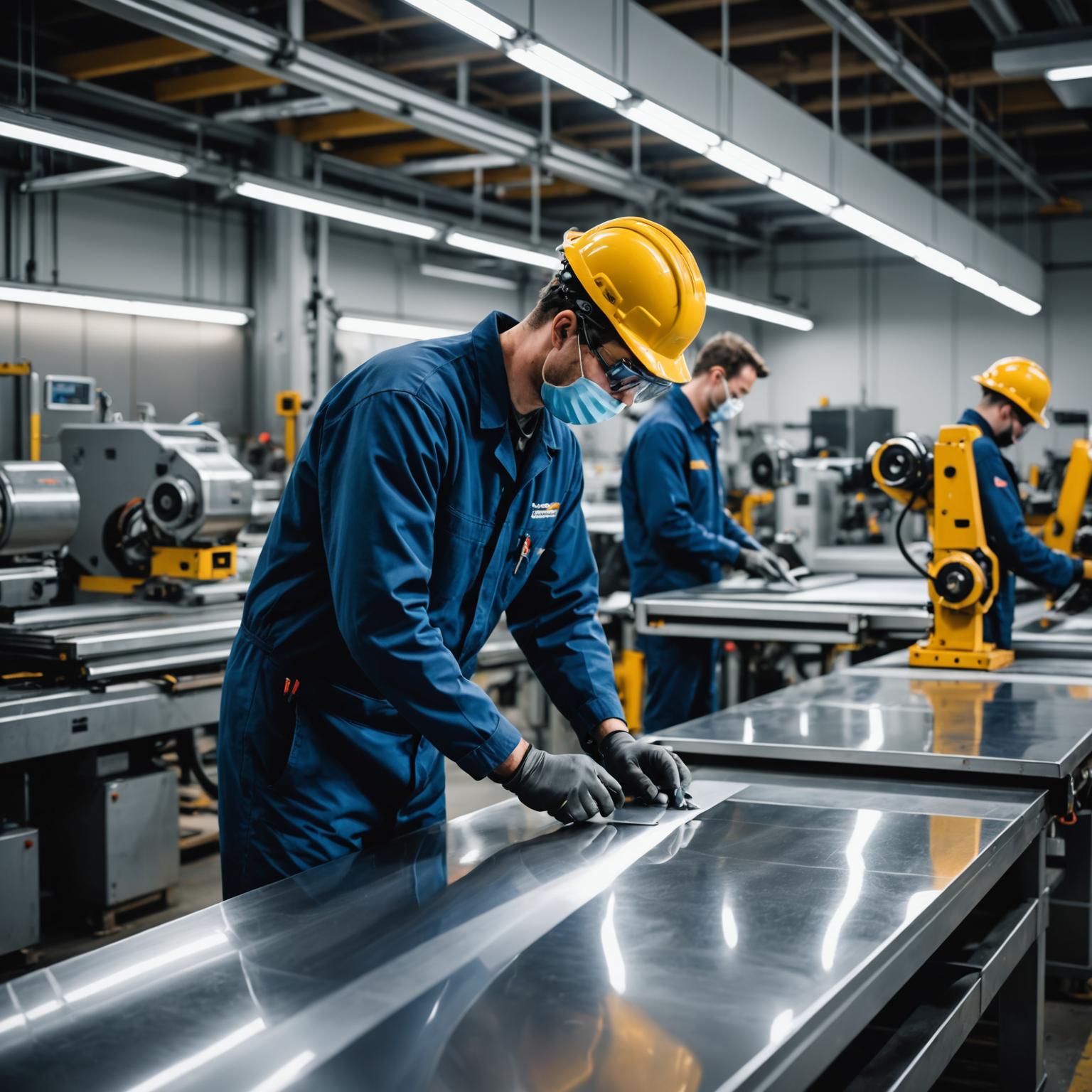Material choice is crucial when starting a project that requires flexibility, longevity and grace. Among the numerous choices, stainless steel plates are a versatile and reliable solution that are trusted in many industries for their outstanding properties and aesthetic appeal. This review delves into the details of stainless steel, focusing specifically on the highly regarded 316 upgrade, exploring its benefits, applications and why it might be ideal for the next effort.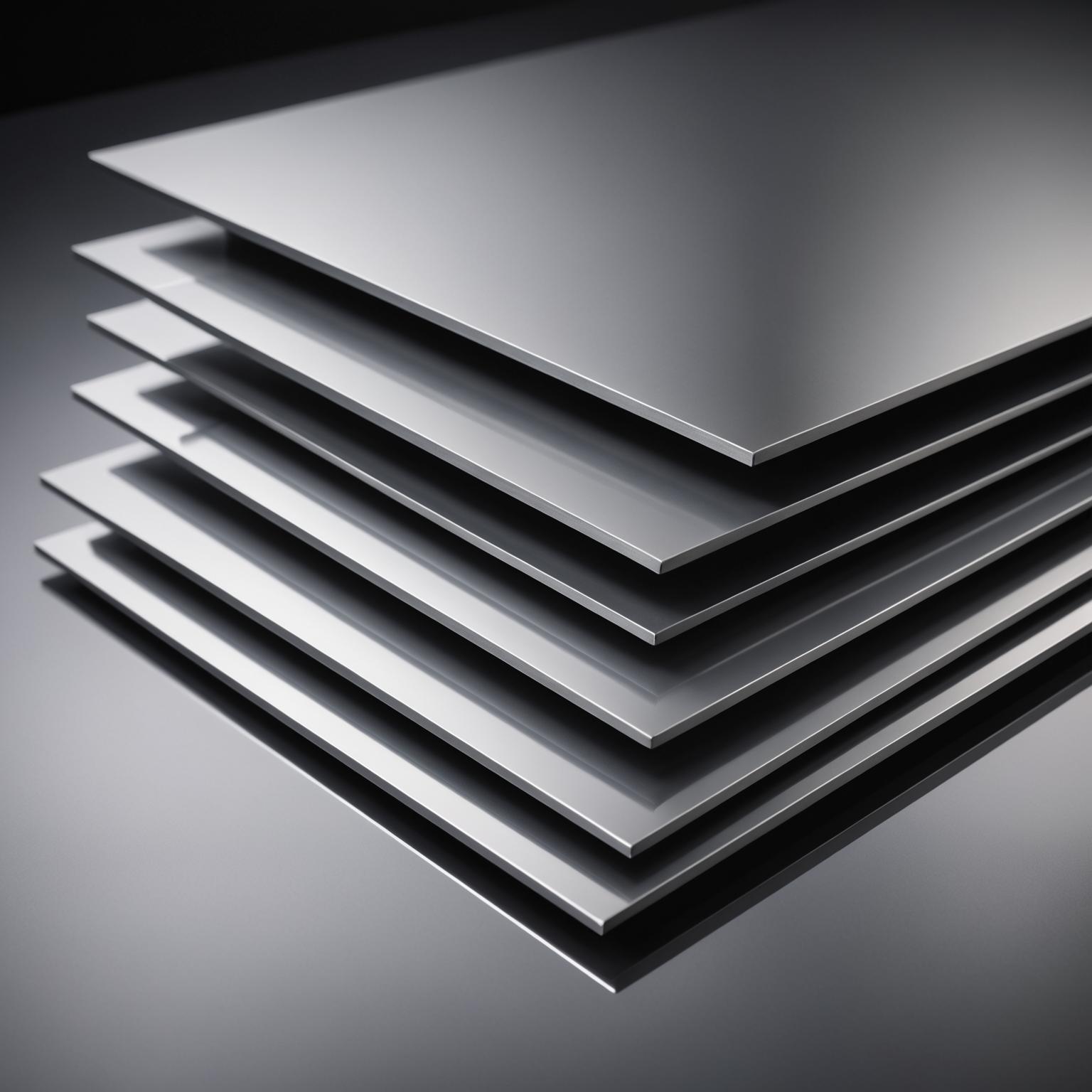
Understanding stainless steel tables: the basics of modern applications
Stainless steel is essentially a ferroalloy, at least 10.5% chromium. This chromium content is crucial because it forms a passive self-healing layer on the steel surface. This layer is what imparts its characteristic "stainless steel" quality, thus providing significant resistance to corrosion and dyeing. In addition to chromium, other elements such as nickel, molybdenum and manganese are added to enhance specific properties such as formativeness, strength and corrosion resistance to specific drugs. Stainless steel plates are made in a variety of thicknesses, finishes and grades, each material is tailored to different environmental conditions and structural requirements. Its adaptability and long-lasting performance are widely used, from kitchen appliances to towering skyscrapers.
316L's spotlight: Why is this level above
Among the many grades available, 316-liter stainless steel plates have earned a reputation for outstanding performance, especially in challenging environments. The "316" designation represents its austenite structure, meaning that it provides excellent toughness even at low temperatures and is generally non-magnetic in annealed state. The main difference in the 316 series compared to the more common grade 304 is the addition of molybdenum (usually 2-3%). This molybdenum content significantly enhances its resistance to corrosion, especially to chlorides and other industrial solvents. "L" in 316L indicates its low carbon content (usually below 0.03%). This low carbon level is essential to minimize carbide precipitation during welding, thereby retaining corrosion resistance in the heat-affected areas of the welded joint. This makes the 316L an excellent choice for welding manufacturing where post-weld annealing is impractical.
Unlocking the advantages: The actual benefits of a 316-liter stainless steel watch
The unique composition of 316L stainless steel translates into many practical advantages, making it the material of choice for demanding applications. Its enhanced corrosion resistance is crucial, providing the patience that less material will rapidly degrade in marine, chemical and acidic environments. Weldability is another important benefit. Low carbon content means that 316L can be welded using a variety of standard fusion and resistance techniques without significantly losing its corrosion resistance. Furthermore, it exhibits good expressiveness, allowing it to bend and cut into complex designs without compromising its structural integrity. Its hygienic properties are easy to clean and disinfect, making it essential in the food processing, pharmaceutical and medical industries. The material also has a good strength-to-weight ratio and maintains its properties at a wide range of temperatures, thereby increasing its overall versatility and long-term value. When considering substance choice, the robust nature of the 316L usually justifies its premium over other ratings, because its lower lifespan costs stem from its durability and minimal maintenance requirements.
Various fields of view: Key applications of 316 liter stainless steel plate
The extraordinary properties of 316 liter stainless steel make it a variety of applications. In the marine environment, it is a staple for ship accessories, propellers and coastal building elements due to its resistance to brine corrosion. The chemical and petrochemical industry relies heavily on 316L storage tanks, pipelines and reactor containers that handle corrosive chemicals. Its hygienic quality and resistance to resist make it ideal for pharmaceutical processing equipment, medical implants and surgical instruments. Food processing plants widely use 316 liters of stainless steel for surfaces, storage tanks and machinery to ensure food safety and adhere to strict hygiene standards. Building applications also benefit, especially in cities or industrial areas with high pollution levels, or in coastal areas where salt water sprays are present. Even in high-end consumer goods and jewelry, the 316-liter gloss finish and hypoallergenic properties make it a material to pursue. This widespread adoption emphasizes the reliability and effectiveness of this particular stainless steel paper.
Full of confidence: Looking for quality 316 liter suppliers
When purchasing materials for critical applications that are not negotiable, it is crucial to work with reputable suppliers. The integrity of the final product usually depends on the quality of the raw materials. Find distributors that can offer comprehensive material certification, show consistent quality control through traceable batch quantities, and offer a wide range of specifications including various thicknesses and finishes of stainless steel plates. Companies specializing in advanced materials such as SPAN International will typically maintain a high standard for their inventory to ensure that the 316 liters of material you purchase meet the strict requirements of your project. Their expertise is invaluable for choosing the right grade, understanding their technical specifications, and even providing advice on manufacturing techniques. Knowledgeable suppliers can also assist with custom cutting and finishing services, ultimately saving time and resources. Investing in quality supply chains, including names like Span International, is an investment in the success and lifespan of your project.
Aesthetic versatility: finish and form of stainless steel watches
In addition to its impressive mechanical properties, stainless steel (including the 316L grade) offers obvious aesthetic versatility. It comes in a variety of finishes, each providing a unique look and feel. Common finishes include a dull matte 2B finish, which is a great universal cold coating. To make the exterior more decorative, a brushed finish (usually No. 4) provides a unique look with a beautiful polished gravel line that is popular in architectural and equipment applications. Mirror finishes (No. 8) provide highly reflective, polished surfaces that are often used for decorative accents and hygienic applications for ease of cleaning. The choice of finish will not only affect the appearance, but also the cleanliness of the material and even the specific corrosion in certain environments. 316L stainless steel plates are readily accepted by these finishes, allowing designers and engineers to achieve functional and aesthetic goals. This adaptability makes it a favorite for projects that are important for visual attraction and structural integrity or corrosion resistance.
Ensure durability: Maintenance and lifespan of 316L
One of the most eye-catching properties of 316-liter stainless steel is its significant life span and low maintenance requirements. Despite its "stainless steel", it is not entirely unnecessarily ignored, especially in very radical environments. However, routine cleaning can often simply and effectively maintain its appearance and performance. For most applications, it is sufficient to wash regularly with soap or gentle water and warm water, and then rinse the clear water. For more stubborn deposits, specialized stainless steel cleaners can be used. It is important to avoid using abrasive cleaners or steel wool, which can damage the passive layer and introduce contaminants. With proper care and choice for the environment, components made from 316 liters can last for decades, making it a very cost-effective material for its lifespan. This inherent durability, coupled with minimal maintenance, positions the 316L as a smart investment in long-term projects.
Final judgment: Is the 316-liter stainless steel watch suitable for you?
In the review, 316-liter stainless steel plate stands out as a premium material, providing a special combination of corrosion resistance, weldability, appearance and aesthetic appeal. Its specific advantages, especially its elasticity in chloride-rich and acid-rich environments, make it necessary to play an essential role in every demanding sector from the ocean to medical care. It may have a slightly higher initial cost compared to some other stainless steel grades (such as the 304), but its durability and lower maintenance requirements often translate into long-term savings and excellent performance. For projects where compromise is not an option and lifespan is crucial, the 316L is usually a good choice, but the best choice. If your application requires good quality discussion, it is highly recommended to invest from high-quality 316L such as reliable providers such as Span International to achieve optimal results and lasting value.




